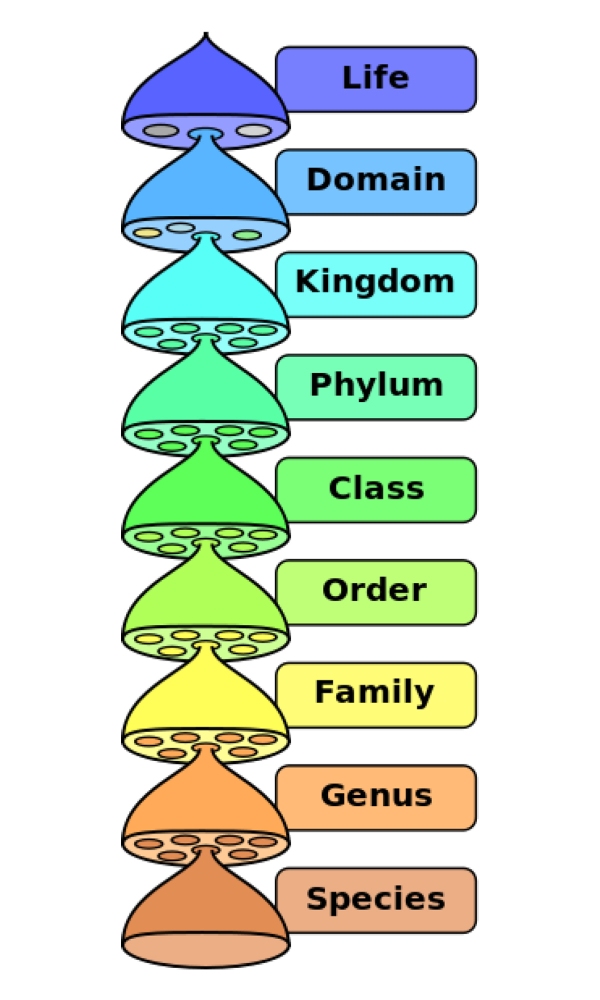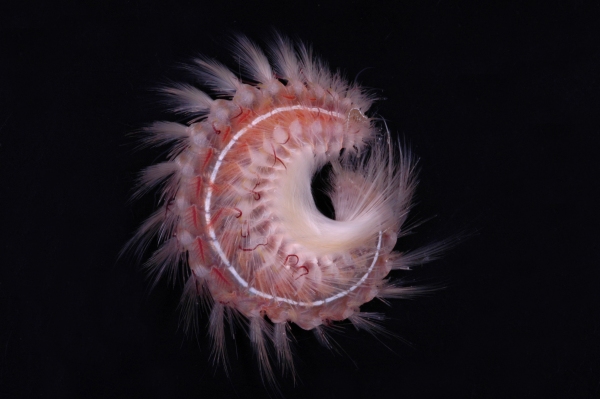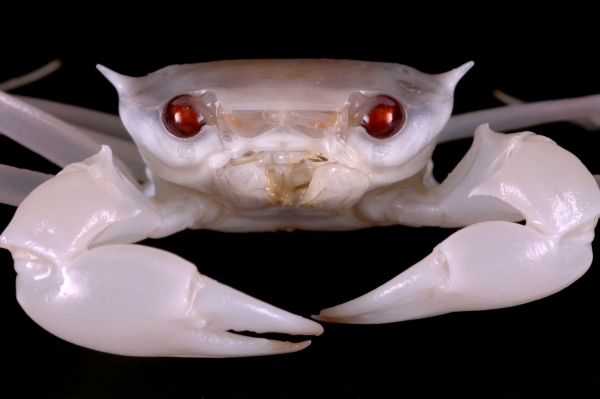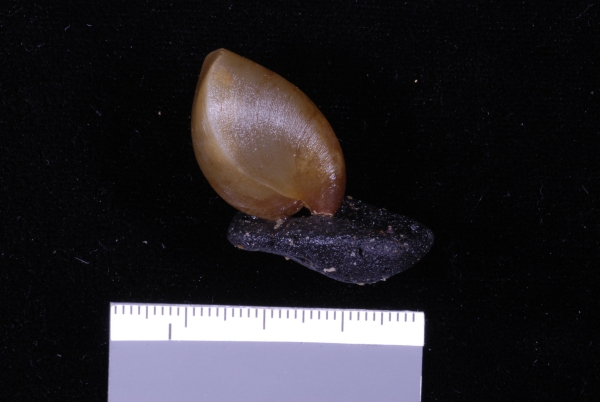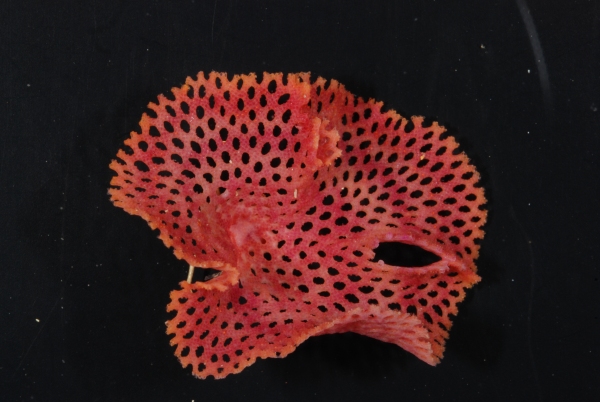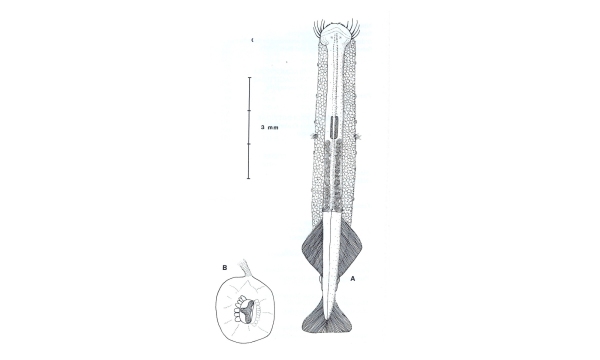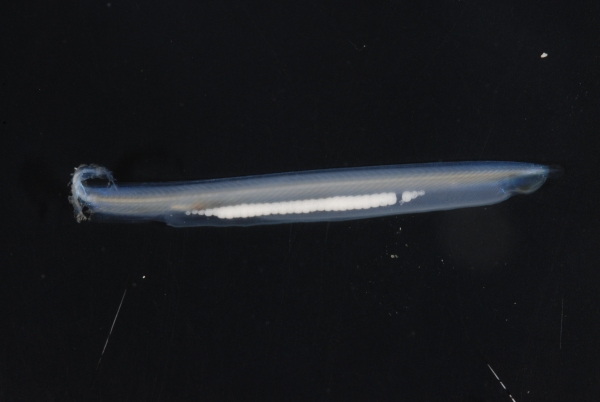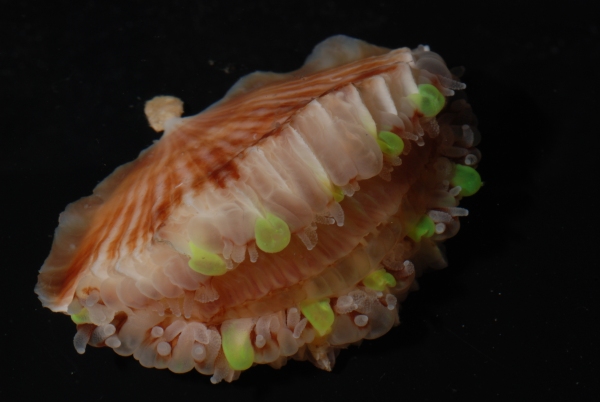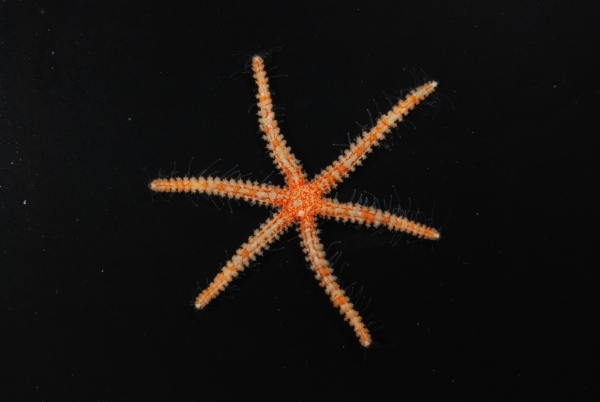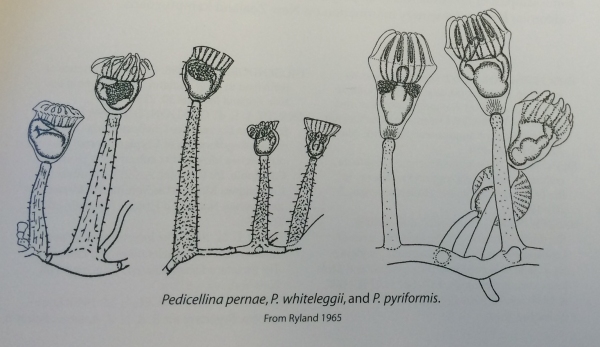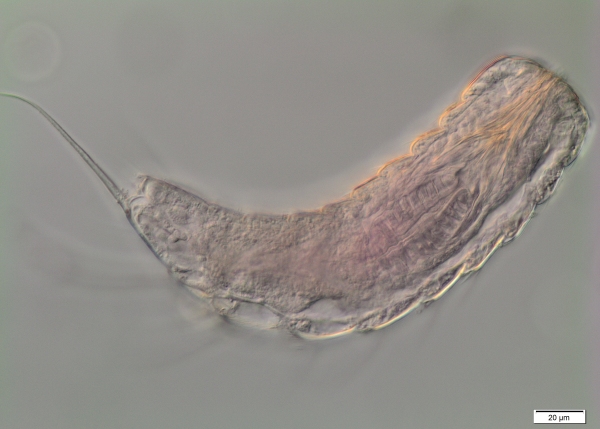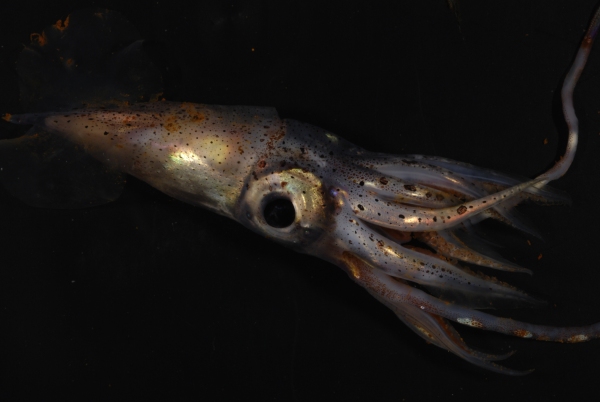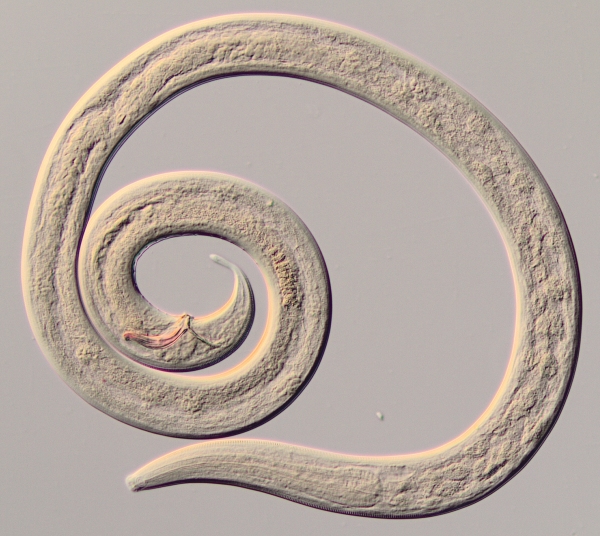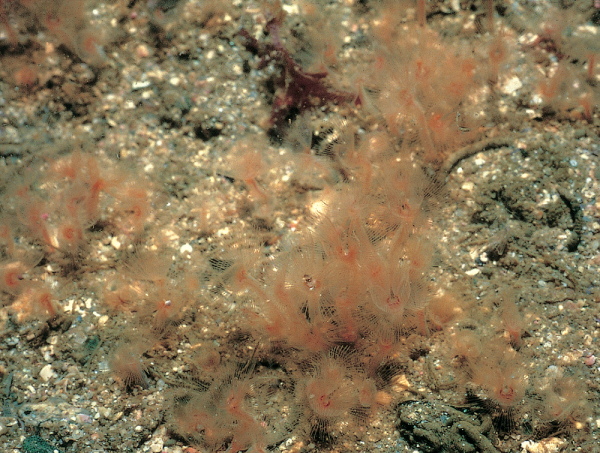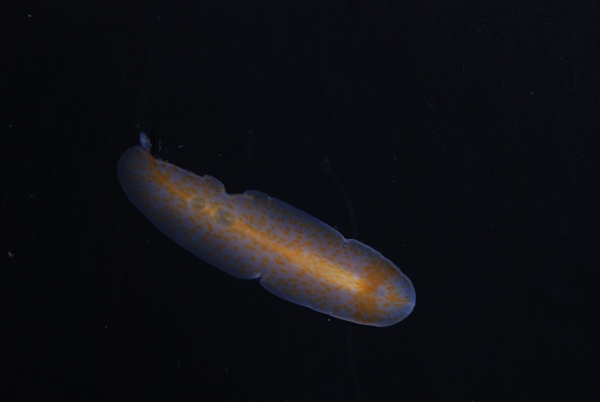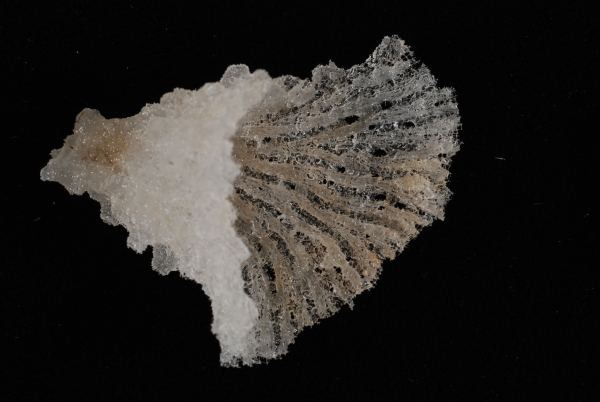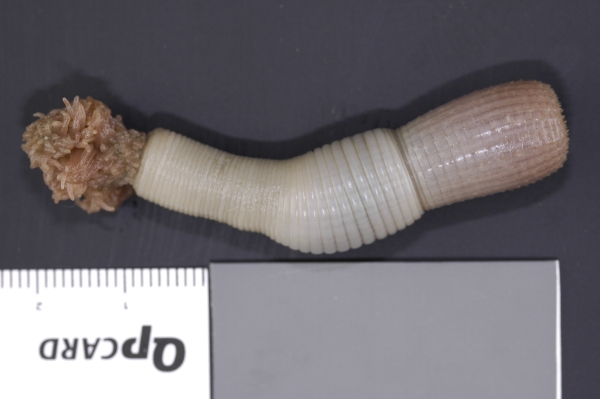Every animal on Earth belongs to one of about 35 groups called phyla. In biology, a phylum (plural: phyla) is a taxonomic rank below kingdom and above class.
The NIWA Invertebrate Collection holds specimens from 23 invertebrate phyla and has examples of at least 6369 species, and that is just a glimpse of life in our world oceans.
The number of species per phylum is always changing, as more animals are discovered. Over recent years NIWA biologists have discovered 141 new marine creatures.
Invertebrate phyla
Below we feature a selection of species from each of the invertebrate phyla in our collection.
Acanthocephala – the spiny headed worms.
These are parasites usually found in the guts of fish. We have one example in our collection, but it is pretty tiny and we sadly don’t have a good photo of it!
Annelida – the segmented worms
Arthropoda – insects, spiders and crustaceans
Brachiopoda – the lamp shells
Bryozoa – lace corals, moss animals
Chaetognatha – Arrow worms
Chordata – contains the vertebrates, tunicates and the lancelets
Cnidaria – the stinging animals (jellyfish, anemones, corals)
Ctenophora – comb jellies
We don’t have any fabulous photos of our ctenophores, the comb jellies, so we’ve included a link to a video of comb jellies from the Plankton Chronicles – a very nice explanation of these beautiful planktonic predators.
Echinodermata – spiny skinned animals (sea urchins, seastars, sea cucumbers, sea lillies and brittle stars)
Echiura – spoon worms
Entoprocta – Goblet worms, or nodding animals
Hemichordata – Acorn worms
Kinorhyncha – mud dragons
Mollusca – squid, octopus, snails and clams
Nematoda
Nemertea – ribbon worms
Onychophora – velvet worms and peripatus
Onycophorans are an invertebrate that looks a bit like a caterpillar. All living velvet worms are terrestrial (land-living) and prefer to live in dark environments such as caves, under leaf litter, moss and fallen tree trunks in forests. At least 30 species can be found in New Zealand, but only 9 of them have been formally described. We happen to have one sample jar of the species Peripatoides novaezelandiae in our collection from the 1960s, as terrestrial invertebrates are not something we usually collect. This brochure from the Department of Conservation has some important information about how we can help to protect our native onycophorans and their forest habitats from disturbance: Peripatus: A guide to New Zealand's velvet worms/ ngaokeke
Phoronida – horseshoe worms
Platyhelminthes – flatworms
Porifera – sponges
Priapulida – Penis worms
Sipuncula – Peanut worms

